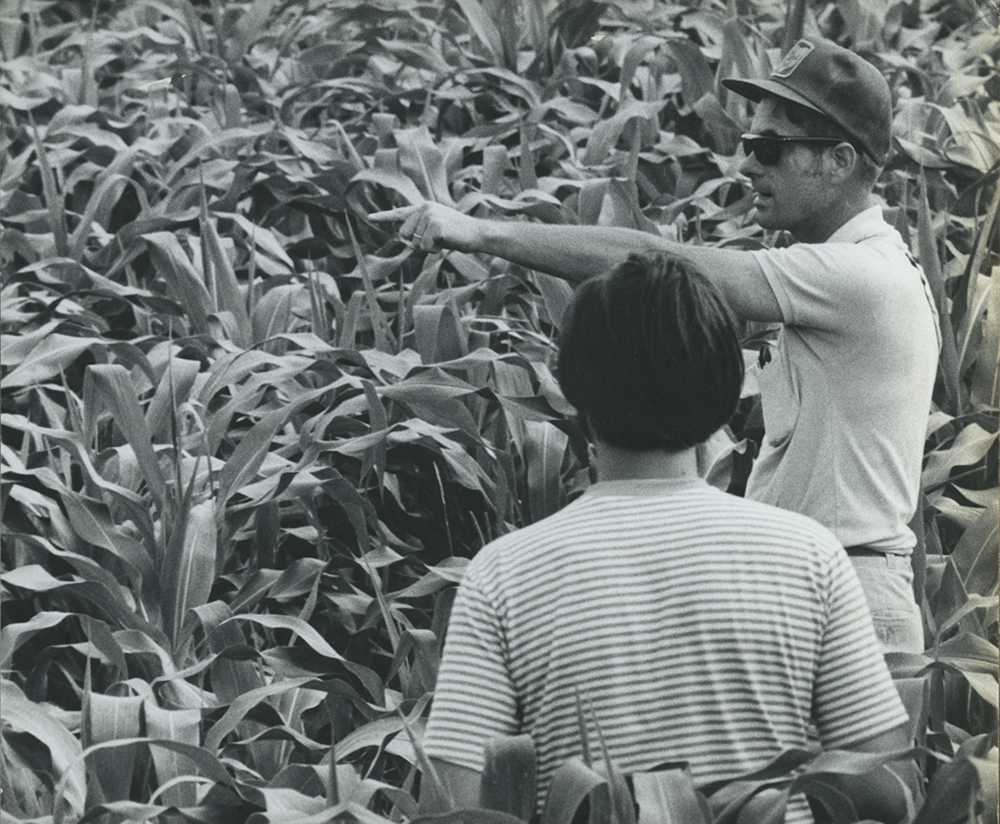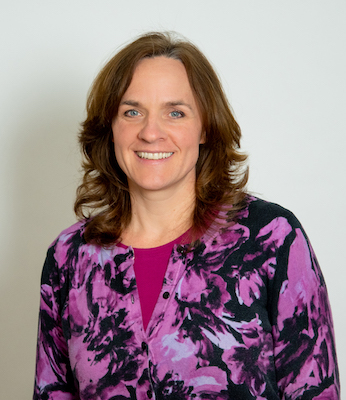“After over 50 years, those plots are still there and they are still yielding well, and I don't think we're going to have to till them anytime soon to keep the yield up.…” — Glover Triplett
As an Ohio State University weed scientist, Glover Triplett did some groundbreaking research on no-till in the early 1960s.
He also started the longest on-going no-till research plots in the world at Ohio State’s Wooster facility. These extensive plots have produced valuable no-till data for more than 55 years and more than75 scientific papers having been published by educators based on that data.
For more on this topic, see “YOUR NO-TILL HISTORY: World’s Longest Continuing No-Till Plots at Ohio State Hit 60 Years”
For this episode of the No-Till Farmer “Influencers & Innovators” podcast, No-Till Farmer editor Frank Lessiter talks with Triplett about some of his early experiences.
Join us as Triplett talks about sod-seeding grazing crops into alfalfa and grasses, early chemistries that made no-till possible, how soil type makes a big difference in yield outcomes, why his wife thought his experiments would get him fired and more.
P.S. There’s lots more great no-till stories and history in Frank Lessiter’s new book, From Maverick to Mainstream: A History of No-Till Farming. Check it out here.
No-Till Farmer podcast series is brought to you by Mosaic Susterra.
Things that matter are measured in generations: Like traditions, families... and farms. For a growing operation, the health of the soil should last. Introducing Susterra by The Mosaic Company. It’s a first-of-its-kind phosphate fertilizer made with recycled organic matter to improve soil health and ensure its sustainability for generations to come. Visit SusterraFertilizer.com to learn how your land can provide for tomorrow’s generations and leave a legacy that matters.













